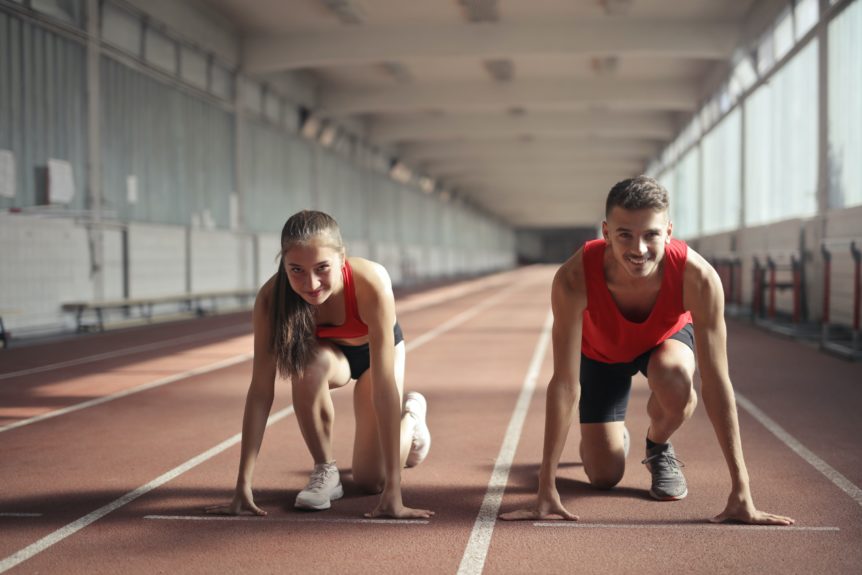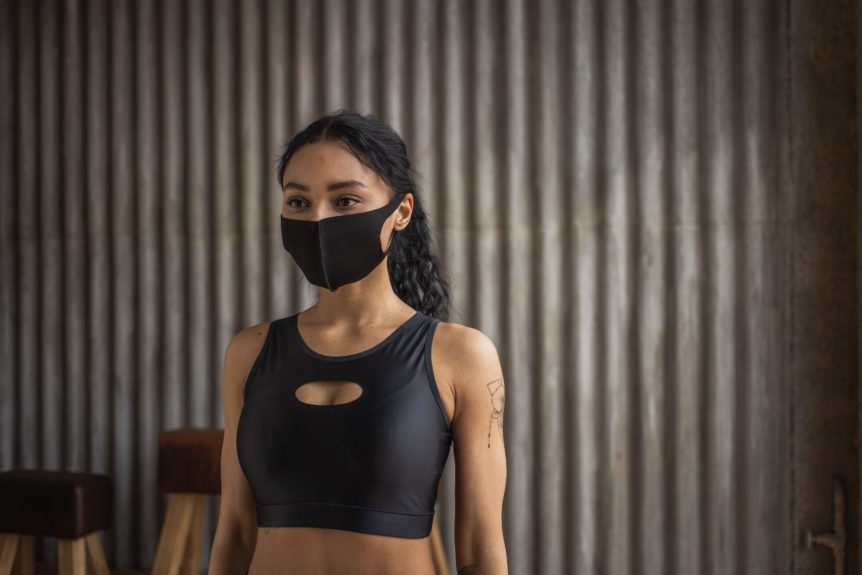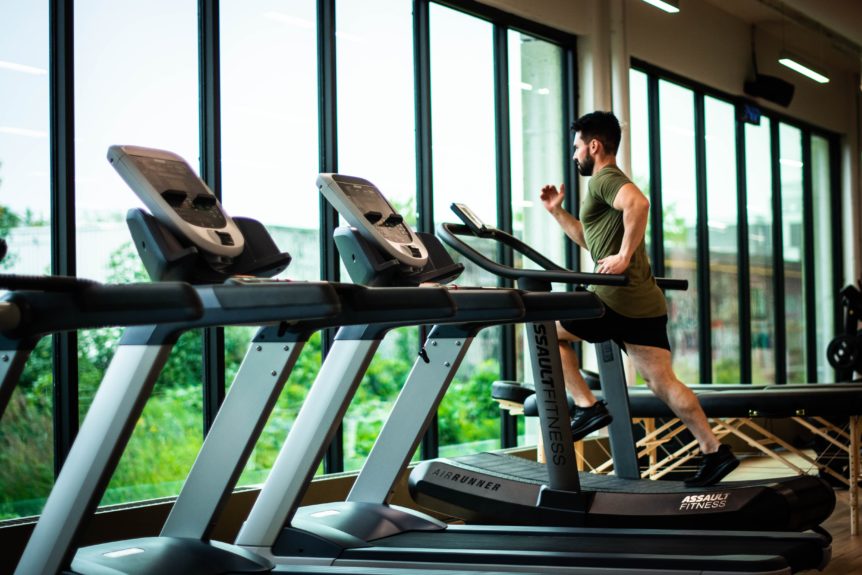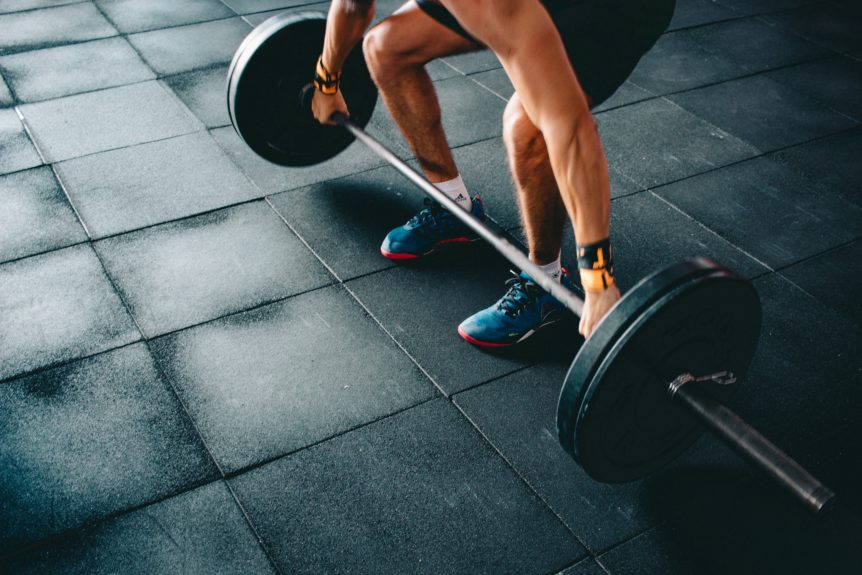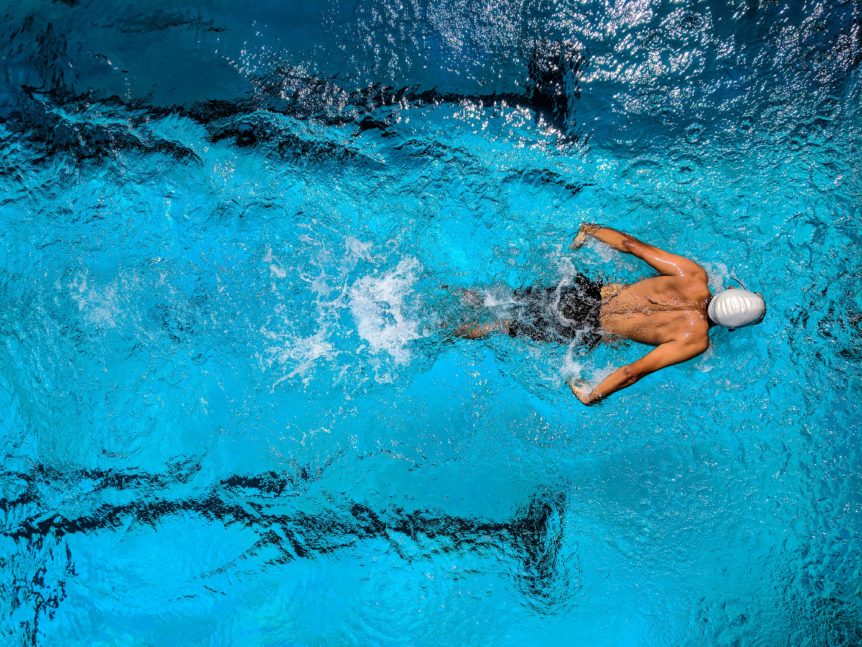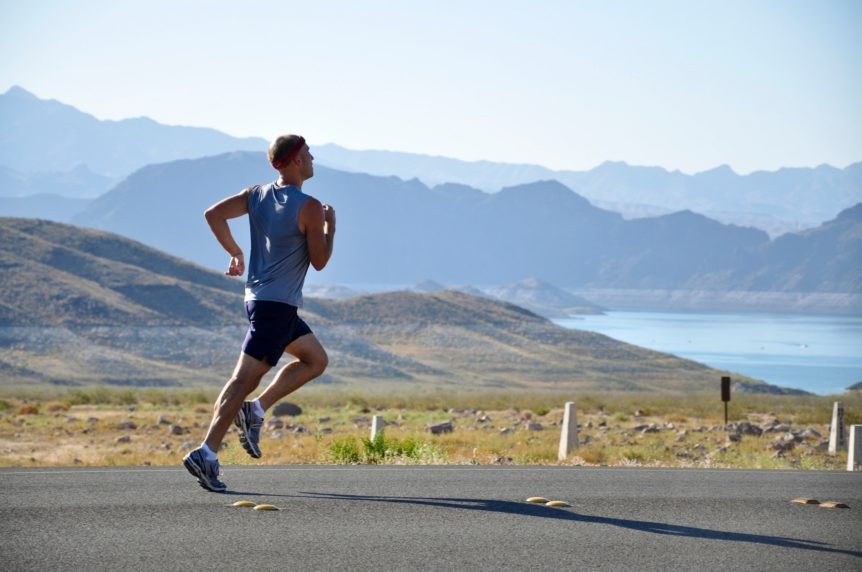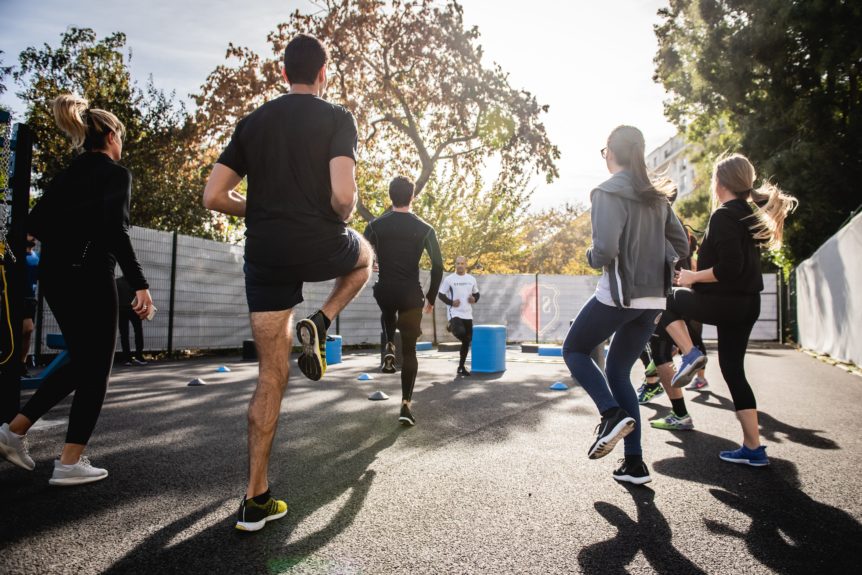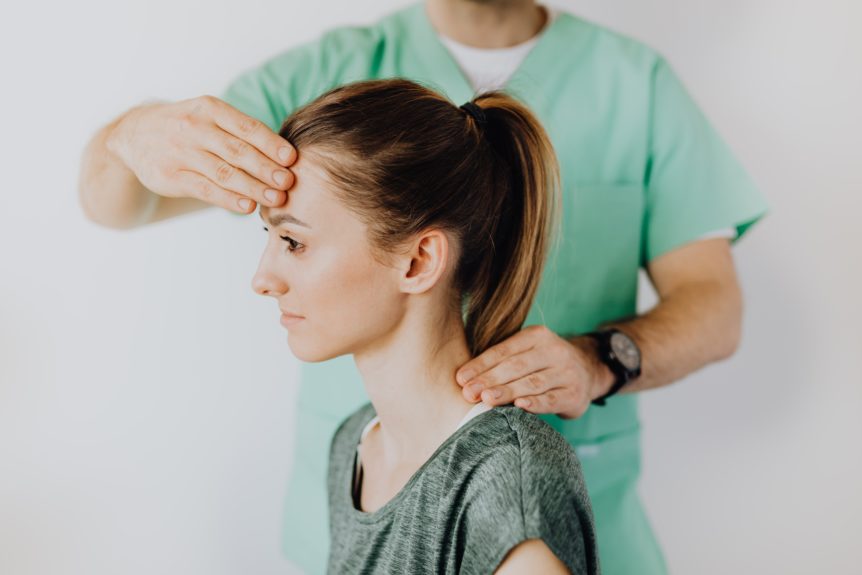Janse van Rensburg, D. C. et al. Managing Travel Fatigue and Jet Lag in Athletes: A Review and Consensus Statement. Sports Med 51, 2029–2050 (2021). Abstract Athletes are increasingly required to travel domestically and internationally, often resulting in travel fatigue and jet lag. Despite considerable agreement that travel fatigue and jet lag can be a real and impactful issue for …
The Male Athlete Triad—A Consensus Statement From the Female and Male Athlete Triad Coalition Part 1: Definition and Scientific Basis
Abstract The Male Athlete Triad is a syndrome of 3 interrelated conditions most common in adolescent and young adult male endurance and weight-class athletes and includes the clinically relevant outcomes of (1) energy deficiency/low energy availability (EA) with or without disordered eating/eating disorders, (2) functional hypothalamic hypogonadism, and (3) osteoporosis or low bone mineral density with or without bone stress …
End-to-end SARS-CoV-2 transmission risks in sport: Current evidence and practical recommendations
B Jones, L Bonadonna, A Jimenez, KA Stokes, G Phillips, RJ Copeland, SP Kemp, F Valeriani, T Edwards, ER Adams, MJ Cross, C Dalton, L Hodgson, J Patricios, V Romano Spica, M Weed and C Beggs Abstract: The coronavirus disease 2019 (COVID-19) pandemic has caused disruption to professional and recreational sports across the world. The SARS-CoV-2 virus can be transmitted by relatively large respiratory droplets that behave ballistically, and exhaled aerosol …
High-Intensity Interval Training in Older Adults: a Scoping Review
Marriott, C. F. S., Petrella, A. F. M., Marriott, E. C. S., Silva, N. C. B. S. & Petrella, Sports Medicine – Open 7, 49 (2021). Abstract High-intensity interval training (HIIT) is an increasingly popular form of aerobic exercise which includes bouts of high-intensity exercise interspersed with periods of rest. The health benefits, risks, and optimal design of HIIT are …
No Time to Lift? Designing Time‑Efficient Training Programs for Strength and Hypertrophy: A Narrative Review
Iversen, V. M., Norum, M., Schoenfeld, B. J. & Fimland, M. S. Sports Med 1–17 (2021) Abstract Lack of time is among the more commonly reported barriers for abstention from exercise programs. The aim of this review was to determine how strength training can be most effectively carried out in a time-efficient manner by critically evaluating research on acute training …
Overtraining Syndrome (OTS) and Relative Energy Deficiency in Sport (RED-S): Shared Pathways, Symptoms and Complexities
Stellingwerff, T. et al. Overtraining Syndrome (OTS) and Relative Energy Deficiency in Sport (RED-S): Shared Pathways, Symptoms and Complexities. Sports Med 1–30 (2021). Abstract The symptom similarities between training-overload (with or without an Overtraining Syndrome (OTS) diagnosis) and Relative Energy Deficiency in Sport (RED-S) are significant, with both initiating from a hypothalamic–pituitary origin, that can be influenced by low carbohydrate …
The Male Athlete Triad-A Consensus Statement From the Female and Male Athlete Triad Coalition Part 1: Definition and Scientific Basis
Nattiv, Aurelia et al. The Male Athlete Triad—A Consensus Statement From the Female and Male Athlete Triad Coalition Part 1: Definition and Scientific Basis, Clinical Journal of Sport Medicine: July 2021 – Volume 31 – Issue 4 – p 335-348 Abstract The Male Athlete Triad is a syndrome of 3 interrelated conditions most common in adolescent and young adult male …
Selected issues in sport-related concussion (SRC/mild traumatic brain injury) for the team physician: a consensus statement
Stanley Herring1, W Ben Kibler, Margot Putukian, Gary S Solomon, Lori Boyajian-O’Neill, Katherine L Dec, R Robert Franks, Peter A Indelicato, Cynthia R LaBella, John J Leddy, Jason Matuszak, E Barry McDonough, Francis O’Connor, Karen Michelle Sutton, Herring, S. et al, Brit J Sport Med bjsports-2021-104235 (2021) Abstract Selected Issues in Sport-Related Concussion (SRC|Mild Traumatic Brain Injury) for the Team …
The prognostic value of the hamstring outcome score to predict the risk of hamstring injuries
van de Hoef, PA et al. Journal of Science and Medicine in Sport 24 (2021) 641–646 Abstract Objectives: Hamstring injuries are common among soccer players. The hamstring outcome score (HaOS) might be useful to identify amateur players at risk of hamstring injury. Therefore the aims of this study were: To determine the association between the HaOS and prior and new …
Physical Conditioning Strategies for the Prevention of Concussion in Sport: a Scoping Review
Daniel Garnett, Jon Patricios and Saul Cobbing. Sports Medicine – Open (2021) 7:31 Abstract Background: Concussion in sports has received a great deal of media attention and may result in short and longer-lasting symptoms, especially in adolescents. Although significant strides have been made in the identification and management of concussion, less is known about the primary prevention of this condition. …


